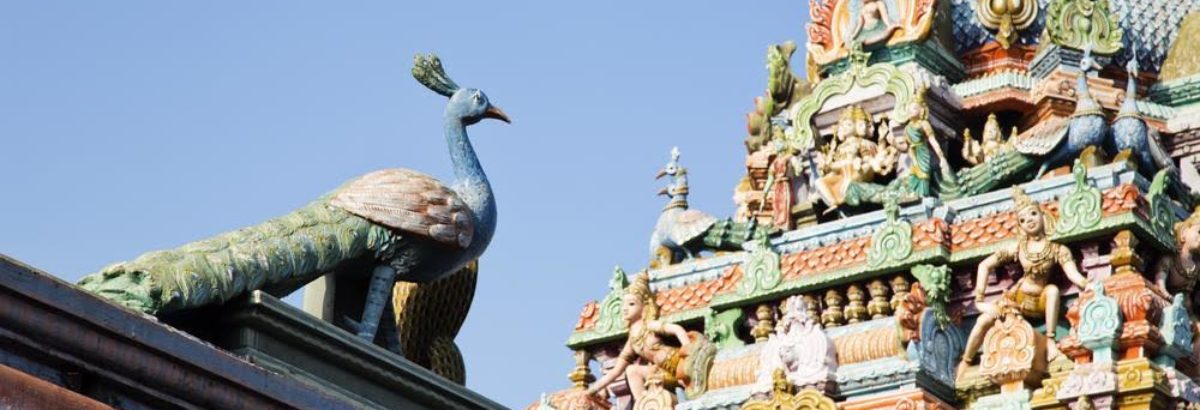INTRODUCTION TO CARNATIC MUSIC.
The South Indian Classical music or Carnatic music often called as Karnataka Sangeetham can be dated back to the age of Vedas. This tradition has a rich heritage and is perfectly suited to the Hindu religion and culture. Music is an integral part of India’s culture. It is the one art which is in evidence in all the stratum of society.
Carnatic Music is typical example of the living systems of music in the world. Indian music is so very ancient that it would not be exaggeration to credit its origin to the primitive Gods. It is a Hindu Tradition to attribute all ancient Hindu works to mythological personages.
According to modern European method of calculation, History of the old Sanskrit literature must be divided into four periods:
- The Mantra Period from 2000 to 1500 BC
- The Chhand Period from 1000 to 800 BC
- from 800 to 600 BC
- from 600 to 200 BC.

This takes us back to a time which, though it may seem lost in the mists of antiquity, clearly shows that in all these ages music not only existed but had attained a very high degree of perfection and that the musical scale, the fundamental basis of the science, and the result of music activities of ages past was practised by the Vedic Rishis.
Our Music is three thousand years old. It is considered to be of Divine Origin. It is by far the most complicated and intricate system of music among the musical systems of all nations, and a science hardly to be excelled by any creation of the human mind.
And of course, it has a highly coloured and fascinating history to be found in the ancient texts, preserved and handed down to us, surviving cycles of ages and the ravages of time.
It is interesting to note that like all old branches of learning, it is also based upon the religious faiths, legends, observances and traditions of the Country, depicting the social manners and customs of the people, in the history of the tunes and words of the song.
-Dr.V.Meenakshi Jayakumar
—– to be continued.
